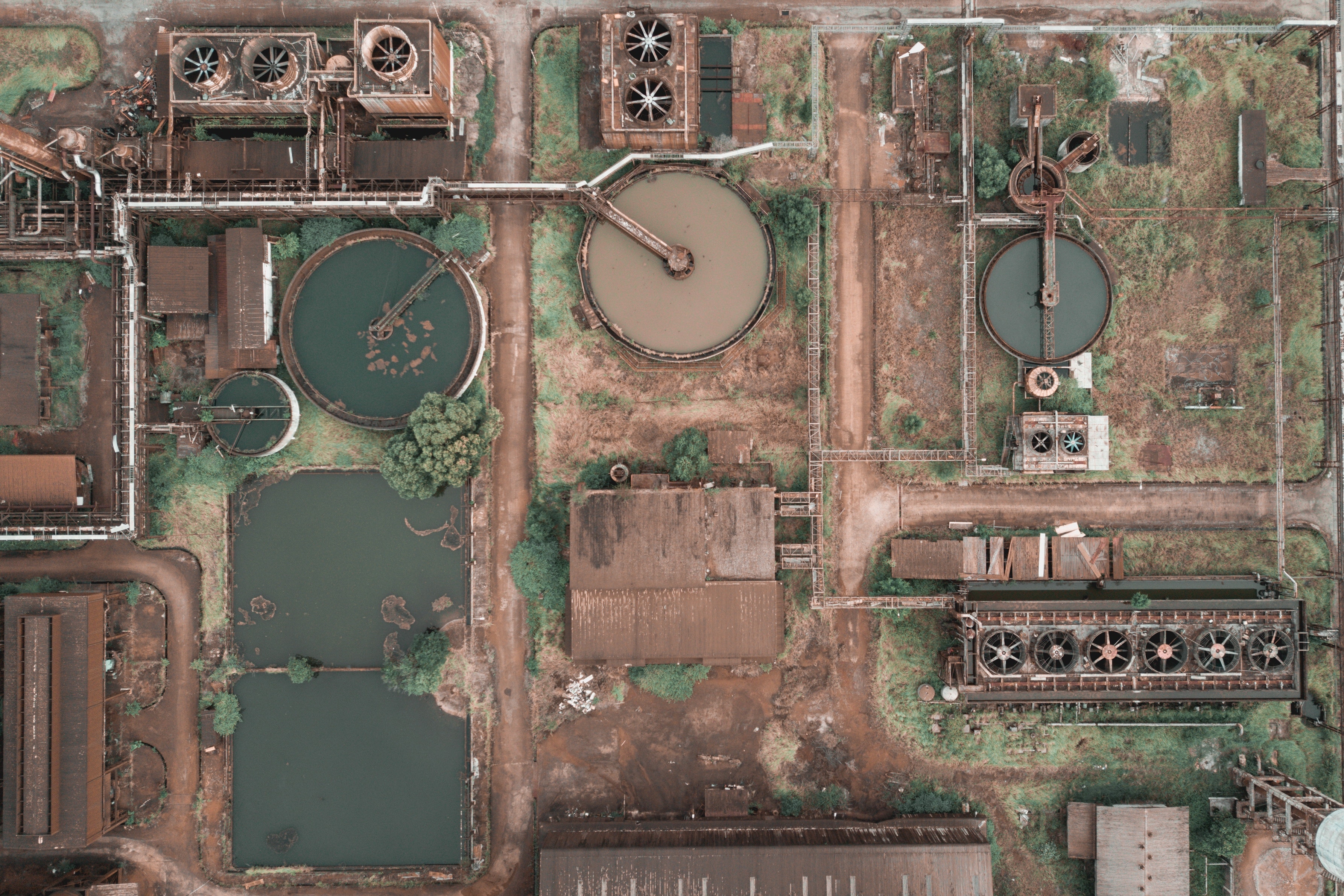How to Remove Smell from Sewage Treatment Plant: Proven Solutions by AQOZA

Sewage treatment plants play a vital role in protecting public health and the environment. However, one major concern that frequently arises is foul odour. Whether you're managing a municipal facility or a private treatment system, unpleasant smells can lead to public complaints, health risks, and regulatory issues. That’s why it's crucial to understand how to remove smell from sewage treatment plant operations effectively.
At AQOZA, we specialize in advanced environmental and odour control technologies designed to address this very issue. In this blog, we’ll explore the causes of sewage odour and outline proven solutions to eliminate it.
What Causes Smell in Sewage Treatment Plants?
The primary source of odour in sewage treatment plants is the decomposition of organic waste. As sewage breaks down, it releases gases such as:
- Hydrogen sulfide (H₂S) – Smells like rotten eggs
- Ammonia (NH₃) – Pungent and irritating
- Volatile organic compounds (VOCs) – Contribute to a wide range of unpleasant odours
These gases are typically produced in areas like anaerobic digesters, sludge dewatering units, collection tanks, and during the handling of raw sewage.
How to Remove Smell from Sewage Treatment Plant: AQOZA’s Approach
At AQOZA, we provide comprehensive, tailored solutions to neutralize odours effectively while ensuring compliance with environmental regulations.
1. Source Identification and Assessment
The first step in how to remove smell from sewage treatment plant systems is identifying the exact source of the odour. We conduct detailed odour mapping and emission analysis to locate high-risk zones and determine the most appropriate treatment method.
2. Implementation of Odour Control Technologies
We offer a range of industry-leading solutions, including:
- Biofilters – These systems use natural biological processes to absorb and degrade odorous gases, offering a sustainable and low-maintenance solution.
- Chemical Scrubbers – These remove specific gases like H₂S through neutralization using chemical agents.
- Activated Carbon Filters – Ideal for capturing a wide variety of odorous compounds in compact settings.
- Mist and Vapour Systems – Designed to disperse neutralising agents directly into the air, forming a chemical barrier around odour sources.
3. Enclosure and Ventilation Systems
Enclosing odour-prone areas and integrating advanced ventilation and extraction systems significantly reduce the spread of odours. AQOZA engineers custom solutions that integrate seamlessly into your plant operations.
Why Choose AQOZA?
- Decades of experience in odour and emission control
- Custom-designed systems tailored to your plant layout and requirements
- Eco-friendly solutions that align with local and global environmental standards
- 24/7 support and system maintenance for long-term performance
Final Thoughts
If you’ve been wondering How To Remove Smell From Sewage Treatment Plant facilities, the answer lies in a combination of accurate diagnosis, proven technology, and expert implementation. AQOZA provides all three, ensuring your plant operates efficiently, safely, and odour-free.
- Questions and Answers
- Opinion
- Motivational and Inspiring Story
- Technology
- Live and Let live
- Focus
- Geopolitics
- Military-Arms/Equipment
- Security
- Economy
- Beasts of Nations
- Machine Tools-The “Mother Industry”
- Art
- Causes
- Crafts
- Dance
- Drinks
- Film/Movie
- Fitness
- Food
- Games
- Gardening
- Health
- Home
- Literature
- Music
- Networking
- Other
- Party
- Religion
- Shopping
- Sports
- Theater
- Health and Wellness
- News
- Culture

